Do you know something that’s really surprised us about lockdown life? Yes, we’re missing restaurants terribly. Sure, we can’t wait for a properly poured pint of Guinness in a beer garden. But what we’re most eagerly, feverishly anticipating is a return to a buzzy, boisterous wine bar.
London really was on a rich run of form where wine bars were concerned before that pesky covid-19 put a stop to the fun. P. Franco, Flor, Quality Wines, Sager & Wilde, Bright, Noble Rot…these are the places our Monzo spending summaries reveal a shameful devotion to, and we wouldn’t have it any other way.
For now, we’re trying our best to recreate the quintessential winebar atmosphere at home. Join us. For the budding oenophiles whose humble six bottle wine rack just isn’t enough any more, here’s how to create the IDEAL wine bar experience at home .
THE AESTHETICS
There are certain characteristics and aesthetics of a great wine bar that are easy to pinpoint – those exposed brick walls, the subtle, flickering lighting, the empty bottles seemingly holding up a ceiling. Other elements are a little harder to define.
We’ll deal with the former first. You need to create a well-defined area for your wine bar, otherwise, well, it’s a corner of your house which gives you an excuse to drink every night. When allocating an area as the bar itself, consider the space under the stairs as a good fit, or repurpose a kitchen island. If you’re going all out, partitions on the back wall of your sitting room could be installed to create a dedicated space.
But perhaps it’s not the bar itself which is the defining feature of a great wine bar, but rather the vibe. At home, without the clinking of stranger’s glasses and the noisy chatter of punters stumbling in off the street, you’re going to have to create that elusive ‘vibe’ with design quirks. So many of the capital’s great bars boast wine walls, which have both a practical and aesthetic purpose, storing wine – sometimes refrigerated – and displaying it to maximum effect.
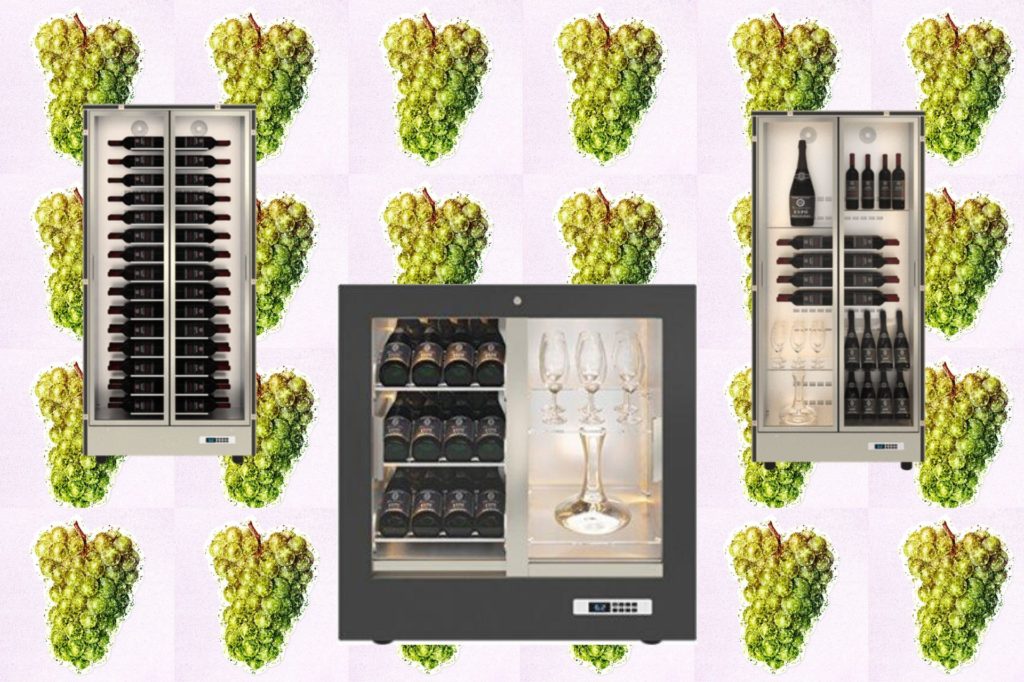
GLASSWEAR
A large, diverse wine glass collection is perhaps just as important as the wines you actually have in stock at home. Well, maybe not quite on a par, but the vessel you’re drinking out of does make one hell of a difference to your overall impression of the drink in hand. The shape of the glass, the thickness of the rim, the material it’s made from, the length of the stem…all will affect the taste of the wine. And we’re here to be discerning, are we not?
Before you even contemplate divergences around grape, vintage and production methods, some general rules apply here. Firstly, consider bowl shape; wide bowls allow plenty of aroma whilst narrow ones allow less, since less wine is exposed to the air as you give the wine that first sniff. Generally, the former is preferable for the upfront aroma of reds and the latter more suitable to the nuances of white. If you’re looking to splash out, include both wide and narrow bowled glasses in your collection, or for versatility’s sake, a set medium bowls is best.
When drinking white wine, prioritise glasses with a longer stem; this prevents your hand from warming up the glass and your carefully chilled Chenin Blanc.
You’ll also need some narrow flutes in your collection for sparkling wine. The wider bowls of traditional wine glasses cause champagne, cava et al to lose their fizz rather fast as the wine is exposed to oxygen excessively. All in all, it’s wise to have a bit of variety in your collection, to meet the optimum needs and nuances of each wine.
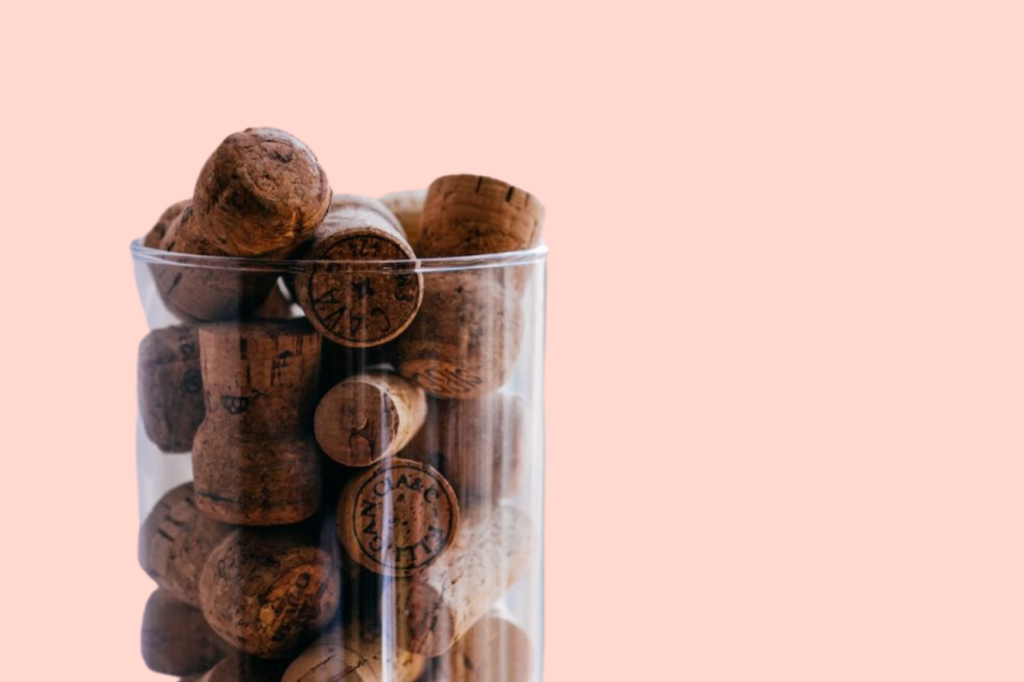

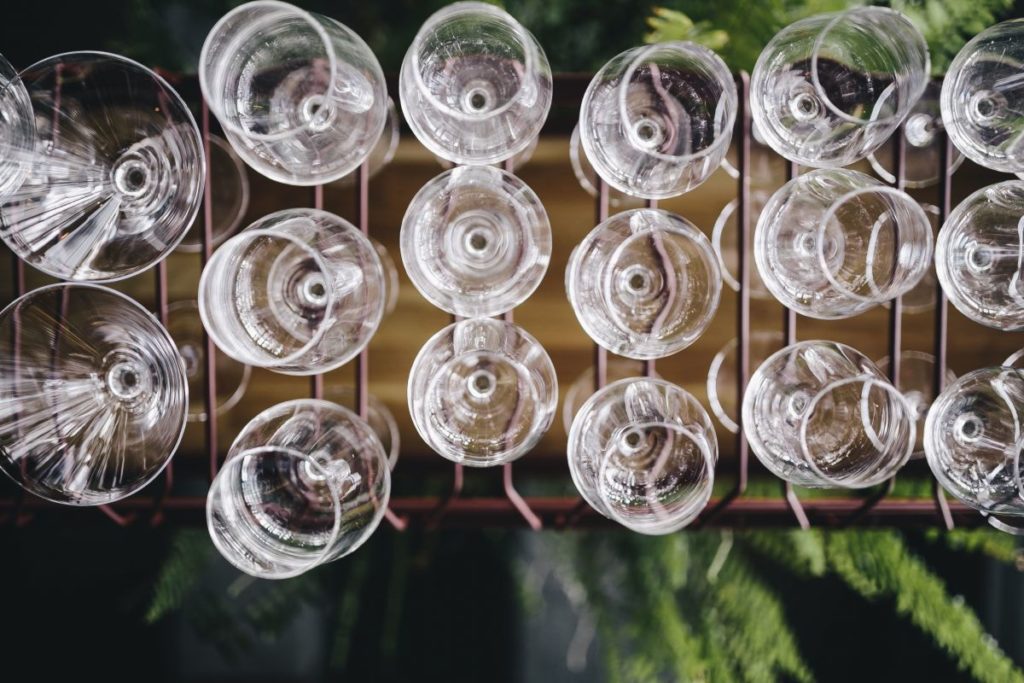
STORING YOUR WINE
You’ve gone to all this effort sourcing the correct glasses and designing your domestic wine bar to look just so. Then you go and spoil it all by doing something stupid like storing your wine incorrectly, potentially tainting the precious liquor in the process.
If you don’t have the budget or energy to drill downwards and build your own wine cellar, the least you can do is invest in a proper wine cooler. Not to be confused with simply bunging some bottles in the fridge, a dedicated wine storage cabinet is able to hold your bottles at the ideal temperature – 5 – 10°C for white and 10-20°C for red – and humidity (70%) for longevity. Since wine is damaged by excesses of temperature and its fluctuation, if you’re taking your domestic wine bar seriously, an appropriate storage system is essential.
Do make sure you store your wine in the dark, too, since sunlight and UV rays can increase the wine’s temperature and can substantially alter its taste for the worse. This is why wine is generally stored in coloured bottles, such as in green and amber, in the wines original wooden box. Check out our IDEAL tips on how to store fine wine for more on this fascinating subject.
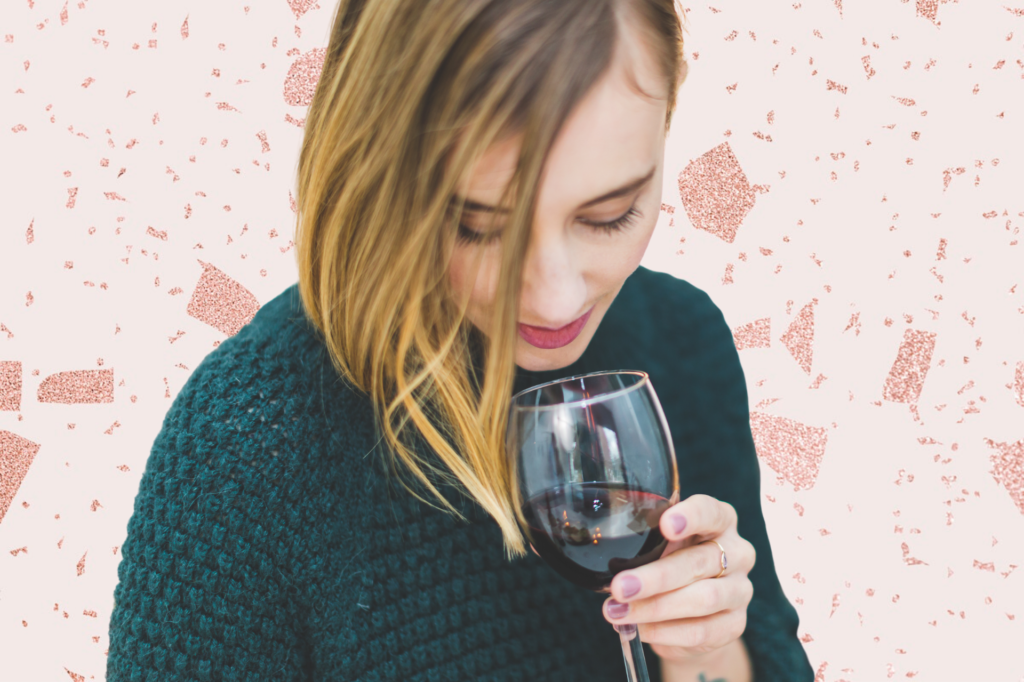
THE FOOD
We don’t think we’re putting our necks on the line here when we say that wine almost always tastes better with food. Indeed, the importance of pairing wine with food to elevate the tasting experience should not be underestimated or overlooked.
Snacks that serve as a complement to wine are the bare minimum your domestic wine bar should be offering – a briny olive or better yet, an oyster, works as the perfect partner for a dry white wine. Tannic red wine responds brilliantly to fatty food to tame and soften it – think charcuterie such as an ibérico ham or a mini fridge full of long-lasting cheeses.
For minimal effort but maximum flavour, consider your nut pairings too; the subtle sweetness of almonds are perfect for a crisp Chardonnay or sparkling wines while chestnuts adore Merlot and pistachios pair well with a Sauvignon Blanc or Pinto.
If you’re considering a more fully fledged food offering at your home wine bar, then many of London’s top restaurants and bars are currently delivering. Support your local businesses and have a damn good feed by ordering from them today.
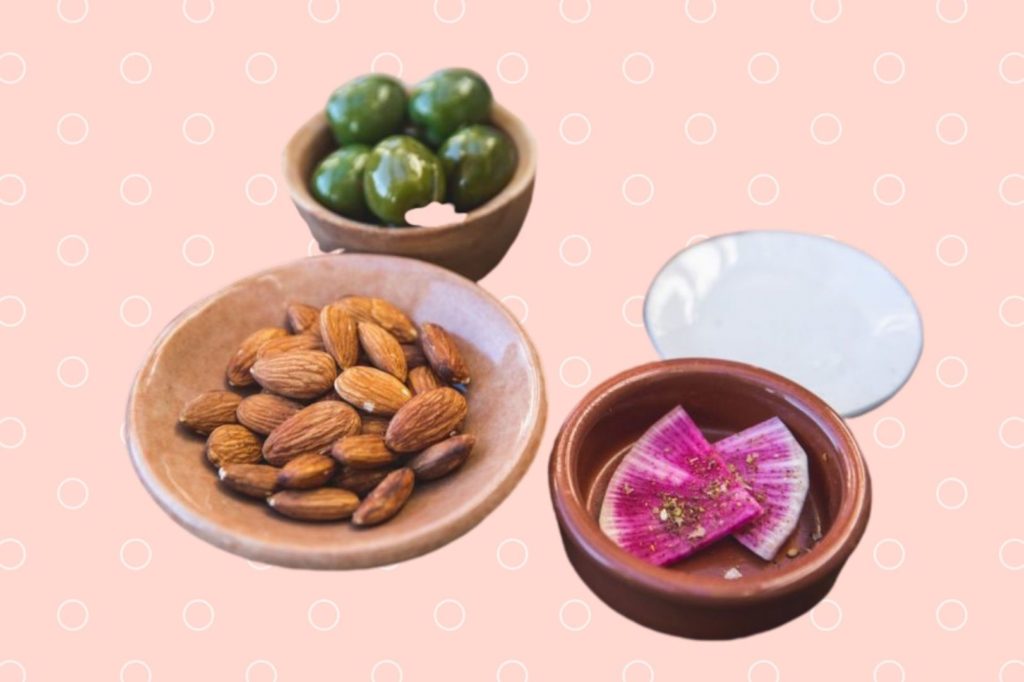
AURAL ATMOSPHERE
Music is integral to setting the right tone in your home wine bar. You want something which encourages the evening along and contributes to the rhythm and flow of conversation, but doesn’t intrude or dictate proceedings.
First, you’re going to need a sound system – or at least, a speaker – fit for the task. Something discreet, with bluetooth capabilities, remotely controlled and visually in keeping with your aesthetic is ideal.
Think about its position, ergonomically, too. Ideally, speakers should play along the length of the room, with the ‘face’ exposed to the maximum amount of the room as possible. It’s also suggested that speakers are placed at a 60 degree angle to where you’re planning on listening, to give the best impression of a stereo sound. Though it might sound obvious, nothing should stand between the speaker’s output and your ear, physically.
Whilst we wouldn’t want to dictate your music choice, there are some genres which just fit better than others in the sleek and slinky wine bar setting. Although it’s a cliche, it’s one for a reason; jazz pairs with wine bars like peanut butter and jelly. Alexa; play Kind of Blue by Miles Davis!





